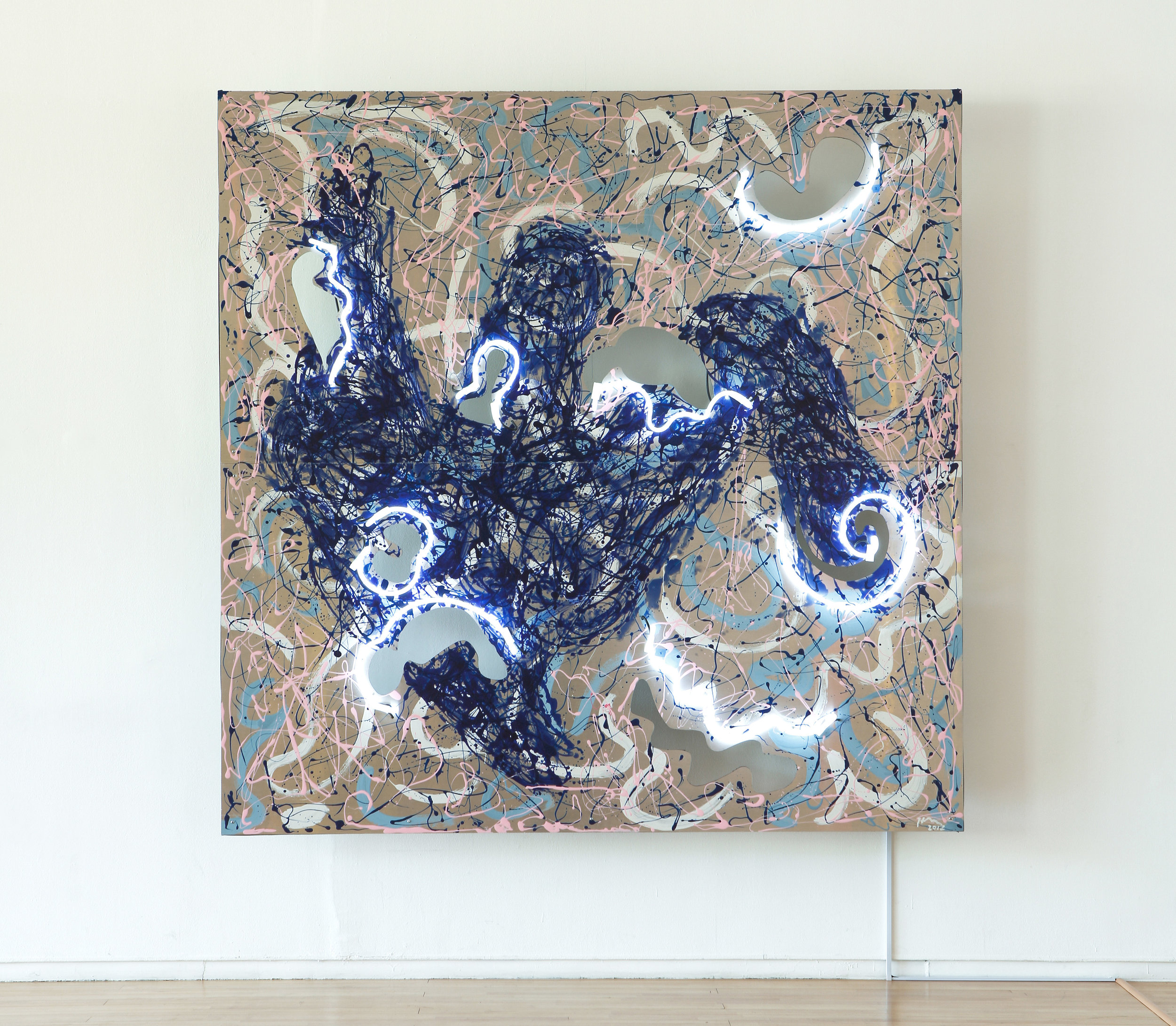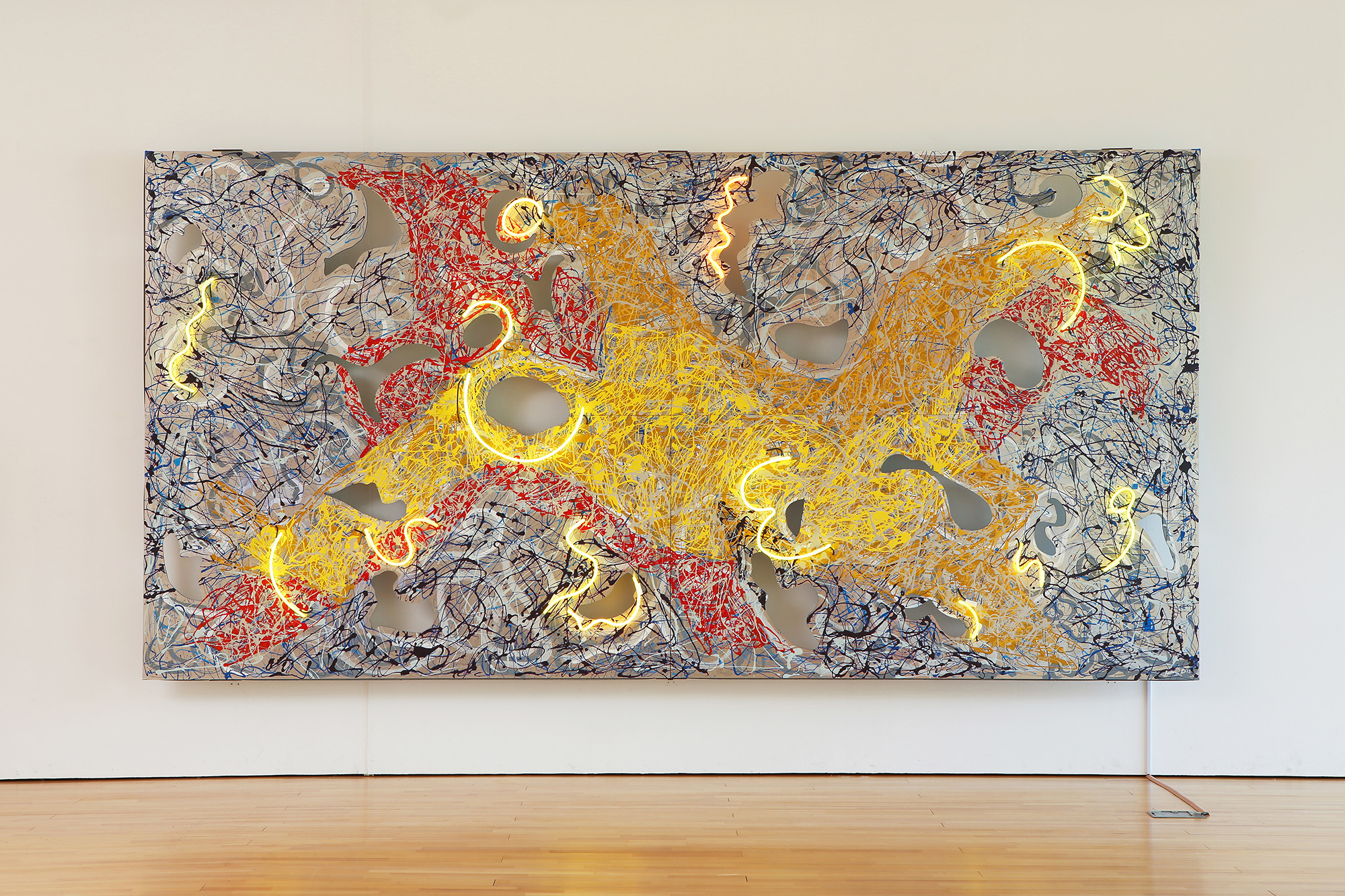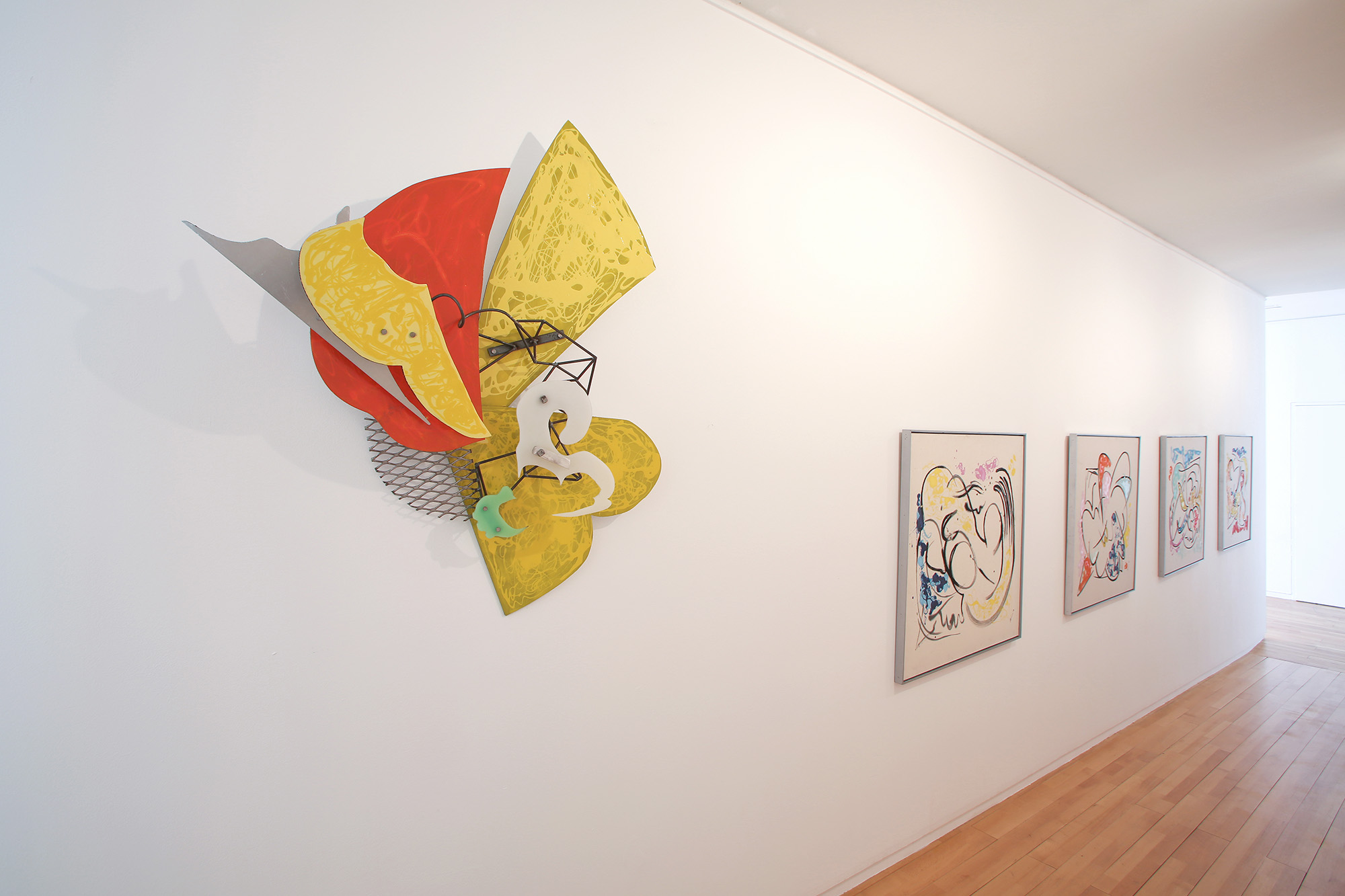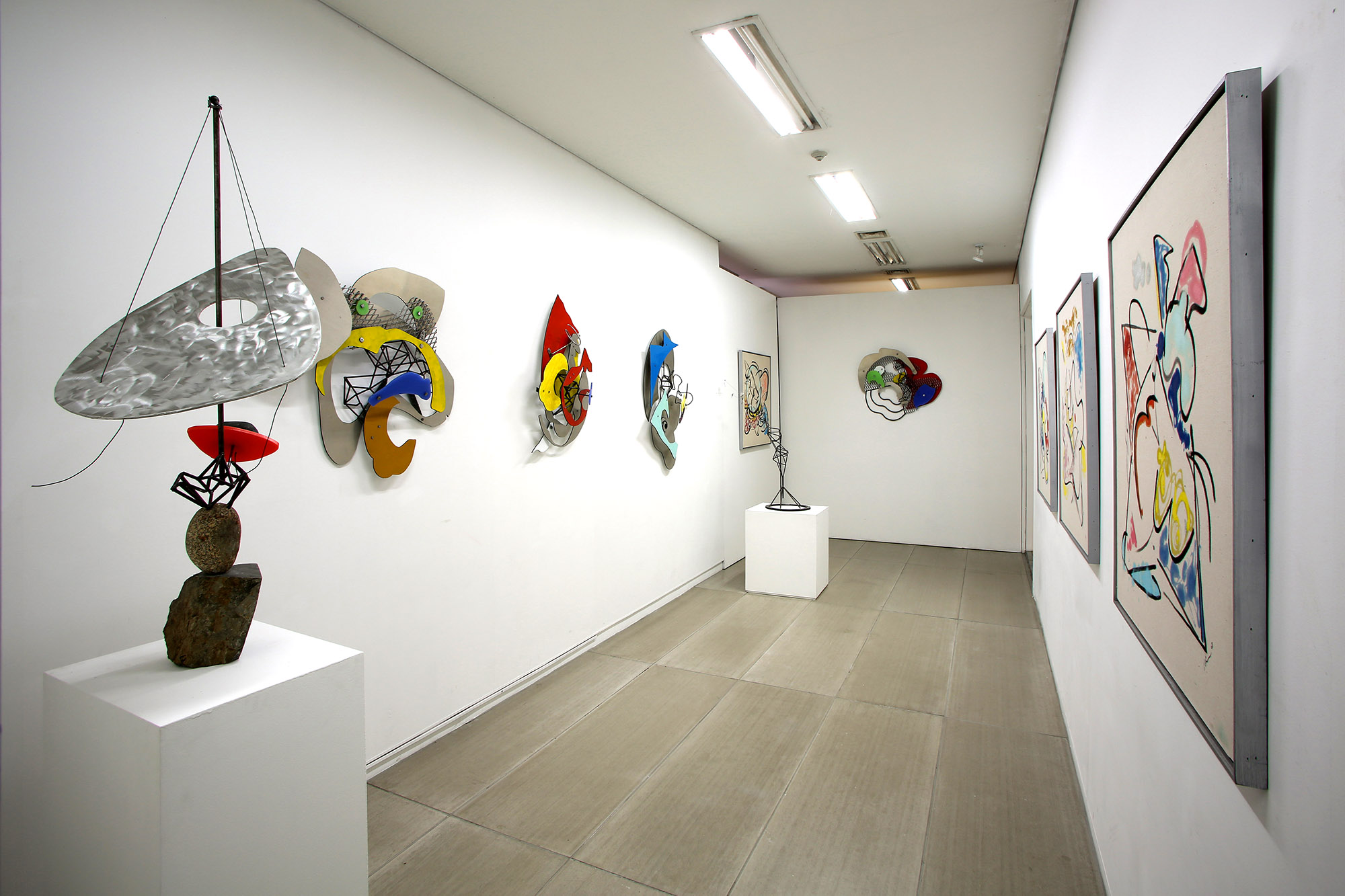hyong nam ahn / essay




The Corporeality of Sculpture Imbued with Sensibility / Liz Kwon - Curator
If the nature of artistic act is to showcase an individual’s spirituality by material means, for some artists, exploration of material and work with certain materials as medium represents his or her thought and life. In works of sculptor Hyong Nam Ahn, matter, or material medium, of his work appears closely associated with his thought. Ahn feels more familiar with fabricating and painting than concretizing something in means of text; he has worked consistently in materializing his ideas. As all creation in the universe perishes continuously, an individual’s thought changes constantly. As creator, Ahn takes note of similarities and relationship between thought and matter, one the subject of expression and the other the true nature of what is being expressed. How has material form been represented in Ahn’s work, as a creative motif – beyond its basic value as medium in contemporary formative arts?
At the time of the artist’s migration to America for college, kinetic art movement was unfolding as an exploration of mechanization or dynamism in American contemporary art. Drawn by discourses on movement and temporality, Ahn has become engrossed in new modeling experiments since his studies in kinetic art in Chicago. He made an early artwork that emits sounds when the attached sensor sensed movements, triggering psychological reactions from the viewer. Such exploration of material has continued till today, developing into studies in neon, a crucial element in his work. Gently glowing on a steel plate along with paint and flickering at certain intervals, neon exudes a maudlin sentimentality. Unlike LEDs, neon – a conventional material from the industrial age – evokes a bleak yet warmhearted atmosphere that stimulates one’s cultural nostalgia for the age of American economic prosperity.
Ahn has also experimented with steel in diverse ways. From small sculpture to colossal public installations, steel has become a trademark medium for the artist prior to his works in steel-relief combined with painting. Steel gradually gained its significance as sculptural medium in post-war contemporary art. Artists like David Smith, Anthony Caro, and Alexander Calder made great impacts on the progress of steel sculpture. In particular, Calder, the founder of mobiles, influenced Ahn’s early steel works in terms of movement and composition of primary colors. Ahn’s introduction of movements to sturdy, cold steel sculpture expresses organic vitality in his work. Demonstrating an interesting balance with melded artificial steel and natural stone, his early works show how the artist addresses “matter” and “space”. Ahn encompasses negative space in his arena of expression – an attempt that goes well beyond the conventional concept of sculpture – by the use of welding technique in addition to other conventional techniques for three-dimensional figurative art, such as carving and modeling.
Before settling in his studio in New York, Ahn spent quite some time in Seattle where he communed with nature. During this period the artist embraced the grandeur of nature with an open mind. Similarly, abstract expressions such as moonlight and migrating birds were the outcomes of such embracement. There is an ever-unchanging, fundamental principle in this universe that one finds in natural phenomenon; this principle, for a religious man like Ahn, was praiseworthy of awe and admiration. On the other hand, Ahn’s subjective concern shifted gradually from nature to humanity, and the relationship in between. Perhaps the artist, or the humanity as a depicted entity, surfaced during Ahn’s contemplation and commune with nature – for art is a process of discovering oneself, as reflected in spiritual and physical labor.
Believing that the praise for God and nature was not the entirety of art, Ahn opened his studio in New York in an attempt to work while interacting with others within the society. With a change in the working environment, he concentrated on human and various aspects of one’s life. As indicated by the titles of his works, Ahn often addressed the theme of love. He encapsulated personal stories of unconditional family love, love between lovers, and other emotions, in his steel sculpture of diverse forms and colors. Other than the emotions among people, Ahn also dealt with subjects of his inner psych that he has to overcome. In Nicodemus, first shown in Madrid, Spain, in 2007 – with its title from a Biblical figure who asked Jesus on the subject of rebirth – the artist expressed human anguish about self-transformation in the form of a large-scale ink painting.
Investigating human emotions and relationships, Ahn alludes to the inevitable and destined blood ties in his recent series, Blood Line. Inspired by concepts of the roots of Korean people and the reality of the Korean peninsula, the series convey also the artist’s pity for the irreparable divide within this same-blooded people. In the bas-reliefs tangled with neon and oil paint, of primary colors – red, blue, and yellow – the paint layer on aluminum plate appears to be denser than in his previous works. Organic forms in the center, thick white lines encircling the forms, and paint drippings are rhythmically arranged, recalling an enlarged form of life. In another recent work Teacher and Disciple, Ahn shows a subordinate relationship, in which one is taught and cared for, as well as a confrontational relationship, which results in opposing sides of an argument. Metaphorically representative of both relationships, a large half-moon structure embraces and bolsters an opposing object, though an arrow appears to lurk.
In Ahn’s works, sculpture and printing are addressed together and fused into an unbounded, homogeneous entity. Perhaps because of this reason, the artist exhibits a sense of space – a concept that artists who deal with two-dimensional work may lack – and a sense of color, a rare trait for most sculptors. Moving freely between the two-dimensional and the three-dimensional spaces, one finds in the core of the artist’s creative will certain degree of audacity and comfort with regards to the treatment of materials. Materials such as steel, neon, and paint are the vehicles of thought; they are reborn into works of art by means of Ahn’s sensibility and formative system. Although the themes in his works are inclusive and broad, their materiality allows the viewer to appreciate personalized experiences. An eclectic mix of forms of cut steel, and neon, the heartbeat of the work, Ahn’s structures become nature, human, or a proxy of sensibility for each and every one of us.
This essay was published in the exhibition catalogue ‘Drawing Now 06: Blood Line’, SOMA (Seoul Olympic Museum of Art), Seoul, 2012
